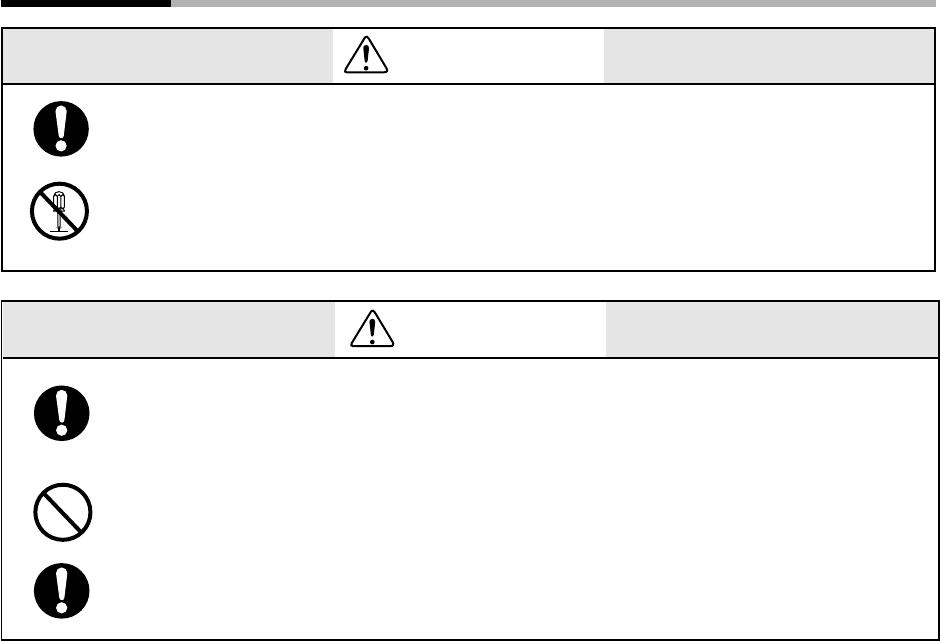Clock Radio User Manual
Table Of Contents
- CP-UM-5093E-04.pdf
- SAFETY PRECAUTIONS
- Contents
- Chapter 1. GENERAL
- Chapter 2. NAMES & FUNCTIONS OF PARTS
- Chapter 3. MOUNTING
- Chapter 4. WIRING
- 4-1 Wiring Precautions
- 4-2 Compensating Lead
- 4-3 Terminal Connections
- 4-4 Layout of Terminals and Recommended Lead Draw-out Direction
- 4-5 Connecting the Ground and Power Supply
- 4-6 Wiring of Standard and Add-on Terminal Base
- 4-7 Connecting Inputs (analog inputs)
- 4-8 Connecting control outputs (outputs 1, 2)
- 4-9 Connecting auxiliary outputs (outputs 2, 3)
- 4-10 Connecting Event Output (relay output)
- 4-11 Connecting Time Event Output (open-collector)
- 4-12 Connecting External Switch (RSW) Input
- 4-13 Connecting for Communications
- 4-14 Isolating Inputs and Outputs
- Chapter 5. FUNCTIONS
- Chapter 6. OPERATION
- Chapter 7. PARAMETER SETUP
- Chapter 8. PROGRAM SETUP
- Chapter 9. TROUBLESHOOTING
- Chapter 10. SPECIFICATIONS
- Chapter 11. CALIBRATION
- Index

Chapter 3. MOUNTING
3-3
Use the DCP301 within the operating ranges recommended in the specifi-
cations (temperature, humidity, voltage, vibration, shock, mounting direc-
tion, atmosphere, etc.). Failure to do so might cause fire or faulty operation.
Do not block ventilation holes. Doing so might cause fire or faulty operation.
Do not allow lead clippings, chips or water to enter the controller case.
Doing so might cause fire or faulty operation.
Before wiring, or removing/mounting the DCP301, be sure to turn the power
OFF. Failure to do so might cause electric shock.
Do not disassemble the DCP301. Doing so might cause electric shock or
faulty operation.
WARNING
3-3 Mounting
CAUTION
■ Mounting locations
Avoid installing the DCP301 in the following locations:
• Locations outside of the operating temperature range (0 to 50°C) and operating humid-
ity range (10 to 90%RH)
• Locations subject to sulfide gas or other flammable gases
• Locations subject to dust or oil smoke
• Locations subject to the direction sunlight, wind or rain
• Locations that directly subject the body to vibration or impact
• Locations under high-voltage lines, near welders or near sources of electrical noise
• Locations near (within 15m) of high-voltage ignition equipment such as boilers
• Locations where magnetic fields are generated
• Locations subject to flammable liquids or moisture










